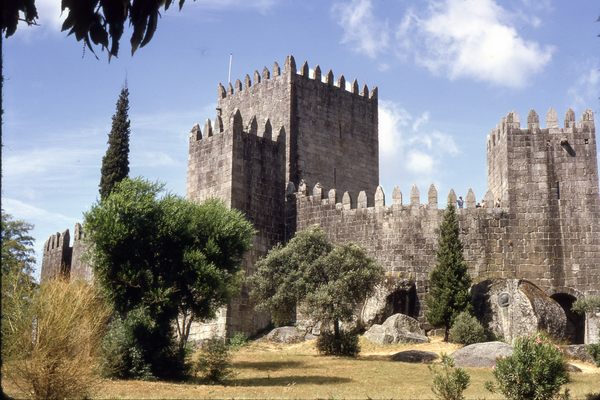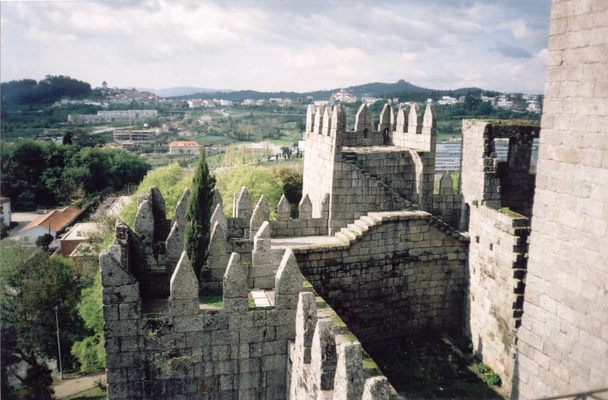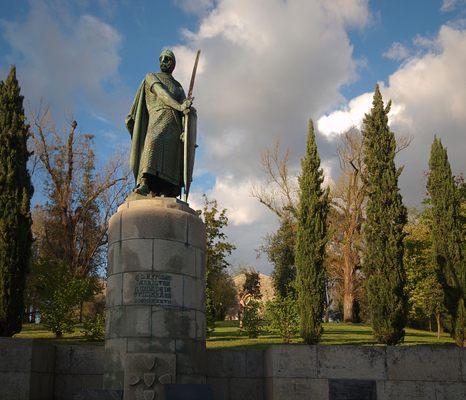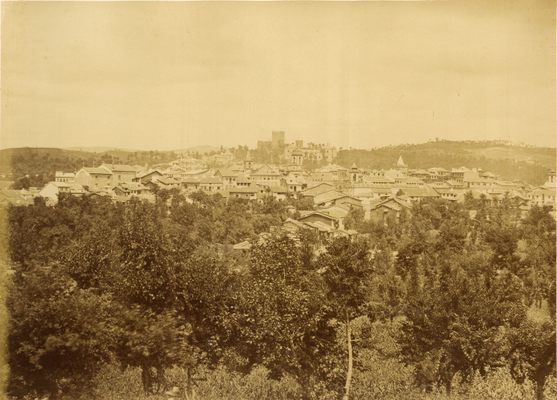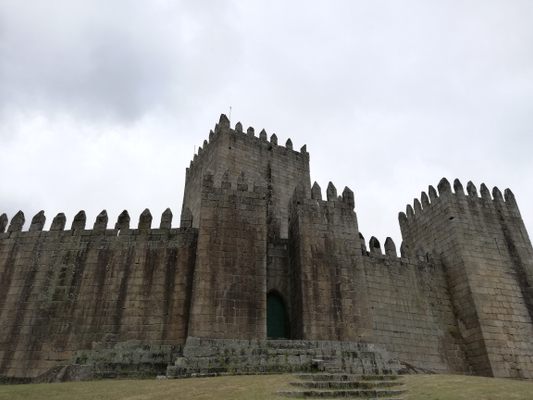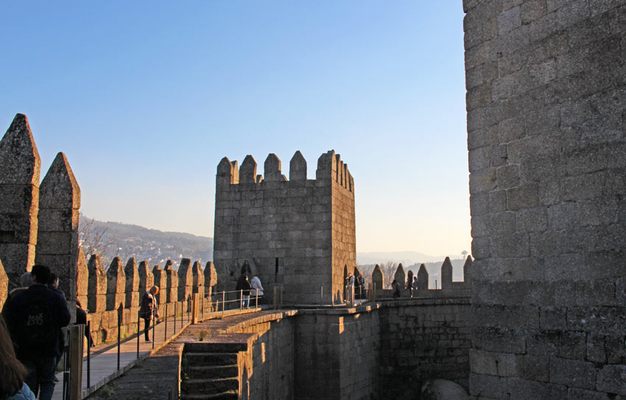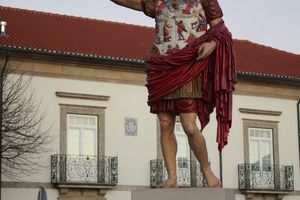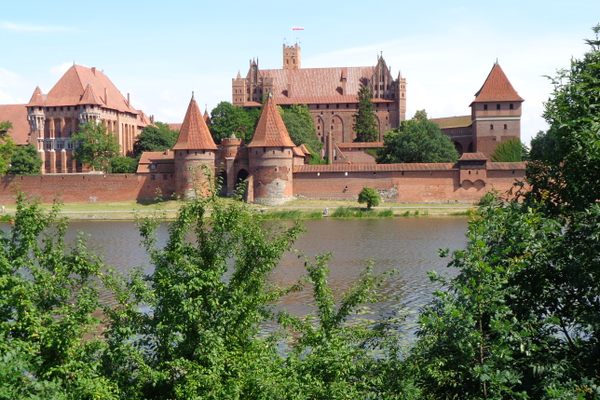About
Located in the middle of a historic walled city, Guimarães Castle is a medieval fortress linked to the founding of Portugal. In the tenth century, the Countess Mumadona had a monastery built in her homestead of Vimaranes—today known as Guimarães. She also had a fortress constructed to guard the community from the attacks of the Moors and the Normans.
In 1096, Count Henrique and his wife, Teresa de León settled in Vimaranes, and expanded and improved the castle’s defensive structures as they established their residence. In 1111, they had a son, Afonso Henriques, who would become the first king of Portugal.
Stories say that King Afonso was born in Guimarães Castle and led his rebellion from the nearby town. In 1143 the Treaty of Zamora was signed, and the nation of Portugal was born. Afonso I reigned from that year until his death in 1185.
Around the turn of the 14th-century, Guimarães Castle was remodeled by King Dinis. Two towers flanking the castle’s main entrance were built by King João I of Portugal between 1383 and 1433.
After the 15th-century, the castle was left bandoned for many years and fell into ruin. There was even talks of demolishing the structure and re-purposing the stone. Finally, in 1910, Guimarães Castle was declared a National Monument and restored over the course of the 20th-century.
Related Tags
Know Before You Go
The castle is open from 10 a.m. to 6 p.m. It is closed on New Year’s Day, Easter Sunday, May 1st, and Christmas Day.
Community Contributors
Added By
Published
November 13, 2019
